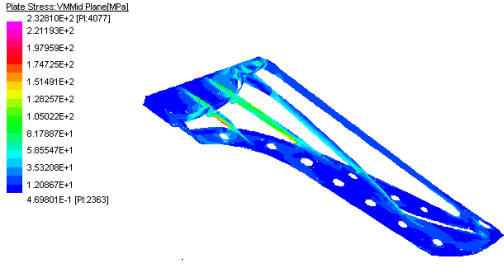Neat. I've never seen that chart; that's kind of fun! And it does answer for you how often the string gauge changes -- the breaks in tension vs. note give it away.
That was my exact reaction!
I figured the steps in that chart were gauge changes. The issue is that the most recent of those is the 1967 Steinway, the next one being the Ibach 1914. I would at least assume some things have changed, mainly due to production quality of strings as well as modern engineering sciences. I know my (~1990) Yamaha C3 has an average tensions of 198.5 lbs (90kg), which is at least near that Steinway.
In addition, regarding wound strings - The tension list ends at the lower end before the scale is done, so I assume that is where the wound strings begin. From looking at the chart there is a varying range of points at which the tension list begins. In regards to the Cristofori/Silbermann, they obviously lacked wound strings as well as had a smaller octave range making sense of the chart. The Erard utilizes wound strings up to C#2 (note #17). The Boesendorfer up to D2 (#18). The Steinway up to C3 (#28). My Y-C3 uses wound strings up to G#/Ab2 (note #24). I don't really have access to any pianos excluding my own at the moment, so is there any modern standardization?
From a rather general point of view, different gauge strings for the same note (therefore either different tension or length) do make a significant difference in tone, particularly if it is the length that is changed. The reason is the stiffness of the string itself, which is not negligible. A stiffer string (larger gauge) theoretically should have less power in the higher harmonics than a floppier one, up to a point. This is also, however, very much affected by the exact location along the string that it is struck by the hammer.
Power as in volume? Length makes sense to me as we see it regularly applied in model sizes. Looking at Steinway models and their tension scales:
S (5'1") - 32k lbs
M (5'7") - 34k
O (5'10")- 42k
A (6'2") - 42k
B (6'11")- 39k
D (8'11")- 45k
The "B" seems odd to me, but excluding it as size increases tension increases. (comparatively across makes, my C3 is 6'1", having ~45k tension)
After more digging, it also seems that tension to compensate for length has a higher impact on approaching the tensile limit of the wire compared to tension compensation for diameter (to the extent that diameter can safely be increased). Which would mean that as a speaking length gets longer for a given note, the wire would need to be lowered in gauge with increased tension to prevent breakage (I think?). Which seems to make sense given the above mentioned tensions.
Not a techie, but I am a little nerdy.(Or am I flirting with you? who knows!)
Hay gurllll!

Anyways:
Depends, are there sets of 2/ sets of 3 unisons and how many? each piano is different. I am pretty sure that the gauge is not changed across each string in sets of 3(uncoiled) and sets of 4. a4 is string no 49...so that would be what I would google. The tension for a4(why don't you just give me a length of the 1st string and the a4 string you need to gauge/add tension?) I am going to calculate that and respond back to you today(please, do I have to?)
Don't all A4 have a set 3? Again, foreign territory for me, all I have is my piano for reference. The gauge doesn't change within each individual note and it makes sense not changing when a wire is looped for 2 speaking lengths. That would mean that it could theoretically change every other note nonetheless (in the 3 voice notes). This is all entirely theoretical. I went on this tangent when I realized there wasn't even a semblence of standardization. So I don't have a speaking length to measure, it's about theoretically creating one and building an optimized scale/harp design.
however, as the pitch increases, the gauge and length slightly decreases, so perhaps the tension on each string is actually the same! (it depends on your piano how many rotations of the tuning peg it takes to achieve specific frequency)
Equal tension across the keyboard would allow a piano to stay in tune longer, so in an ideal world they would all be equal as long as the tone wasn't negatively effected. I believe that's how piano manufacturers aim to design their piano. Given that many of them still use their designs from half a century ago, modern computing can optomize the actual harp design based on the tension they want to achieve across the keyboard, a la:

This would allow them to minimize the weight of the harp and design their tension scales more effectively.
Side Note: While I was searching for the Steinway tension scales, I bumped into this quote on the section of their website explaining the piano industry and got a kick out of it:
"Several adequate pianos are built in Germany and Austria. They are Bechstein, Grotrian, Forster, Bluthner, Fazioli (Italy) and Bosendorfer*. Fazioli and Bosendorfer however, are distinguished only by their high price and perceived obscurity and are not taken seriously among artists, concert halls or music schools."